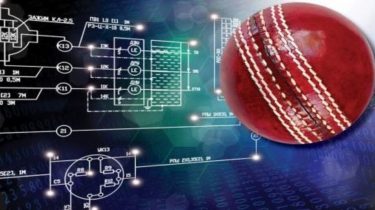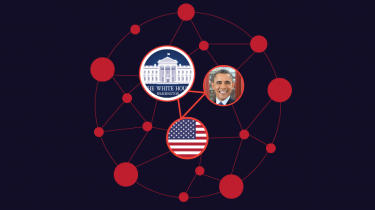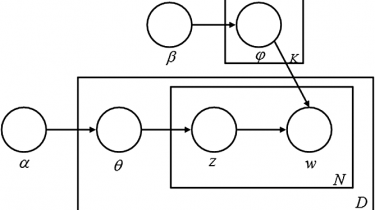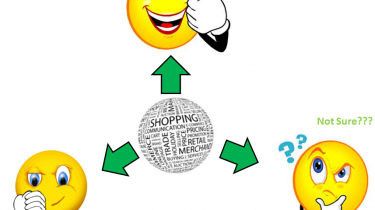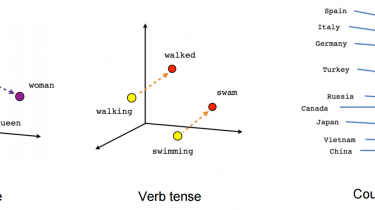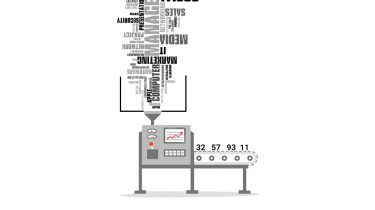Text Mining Simplified – IPL 2020 Tweet Analysis with R
This article was published as a part of the Data Science Blogathon. Introduction Text mining utilizes different AI technologies to automatically process data and generate valuable insights, enabling companies to make data-driven decisions. Text mining identifies facts, relationships, and assertions that would otherwise remain buried in the mass of textual big data. Once extracted, this information is converted into a structured form that can be further analyzed, or presented directly using clustered HTML tables, mind maps, charts, etc. Advantages of […]
Read more